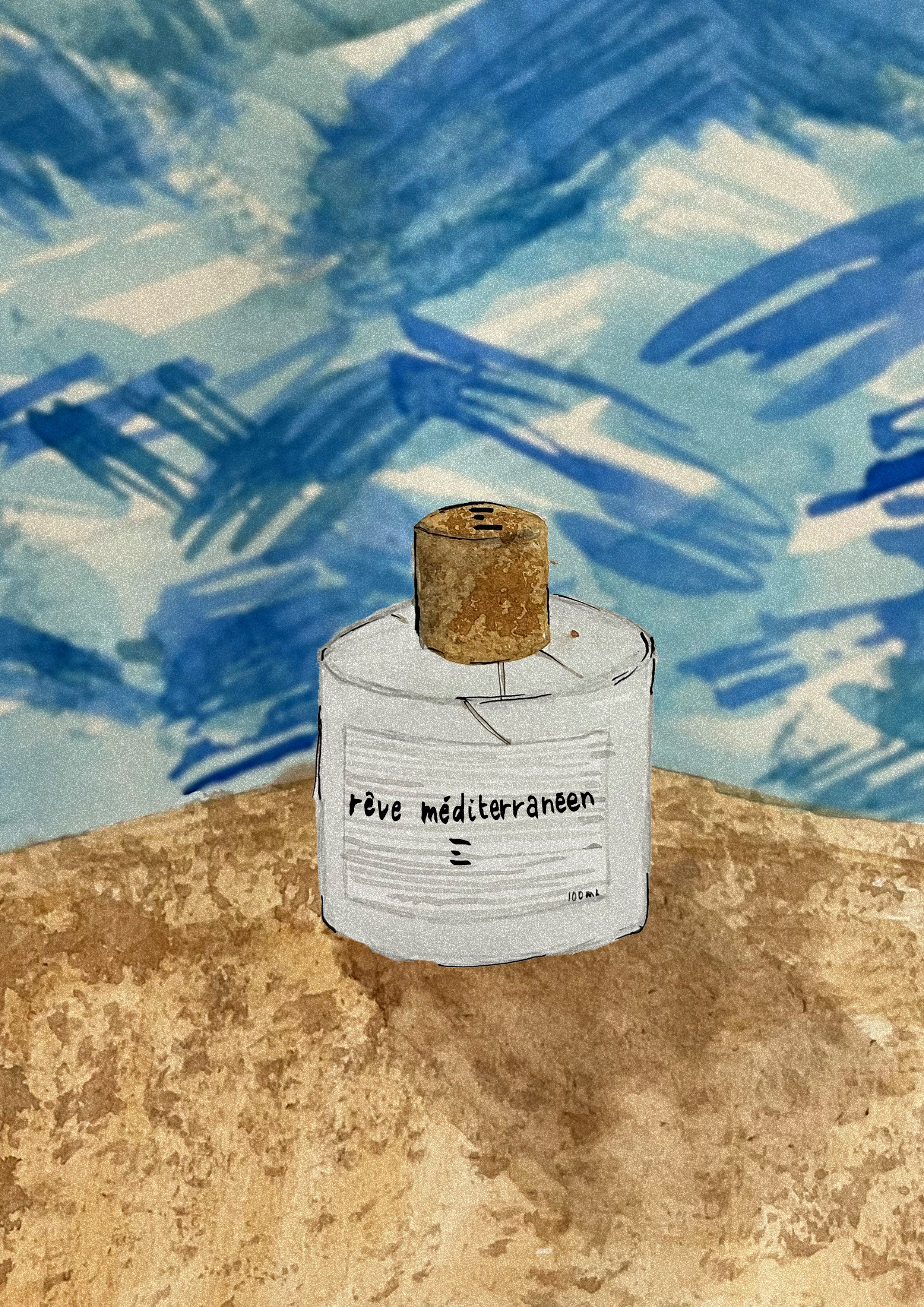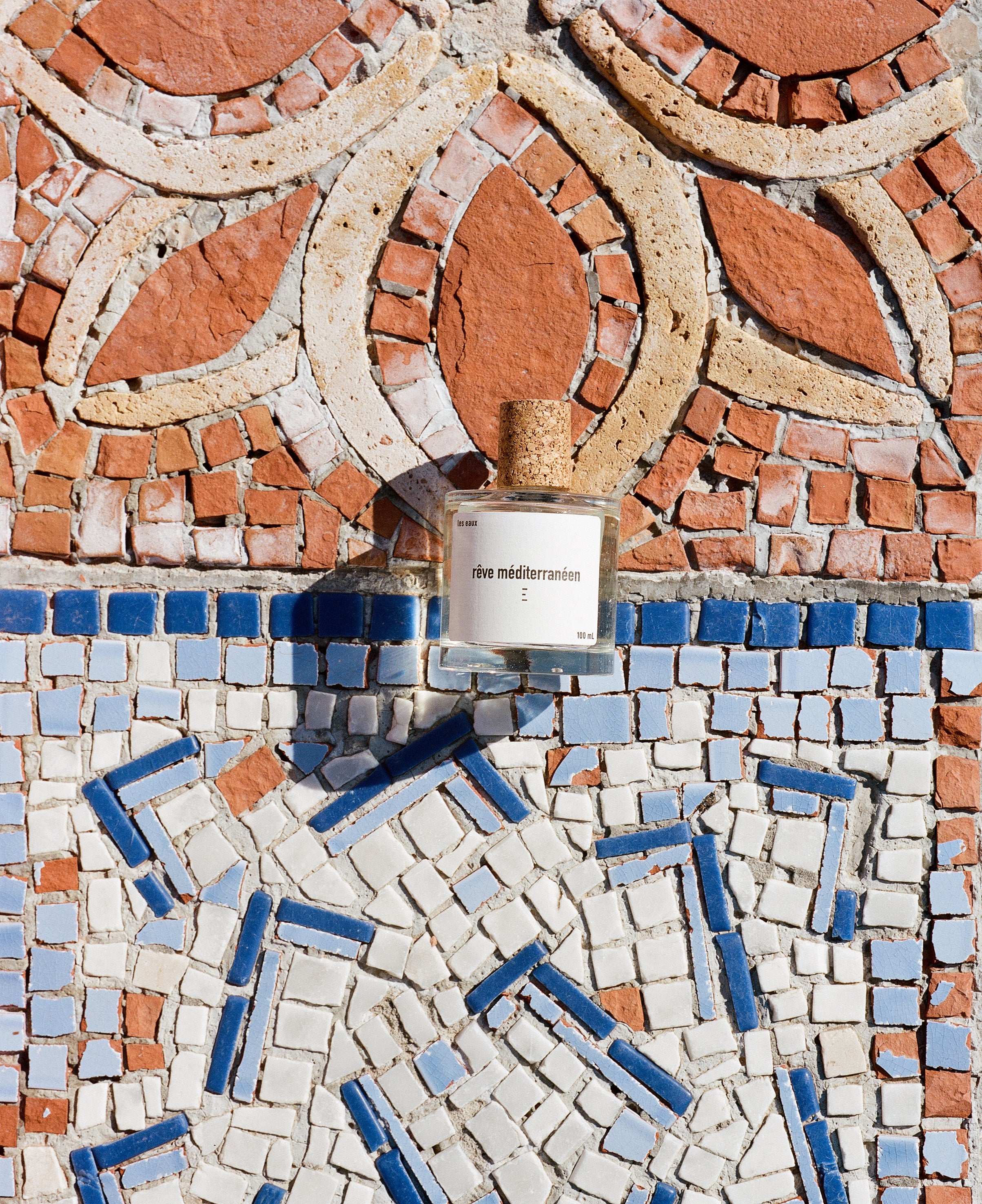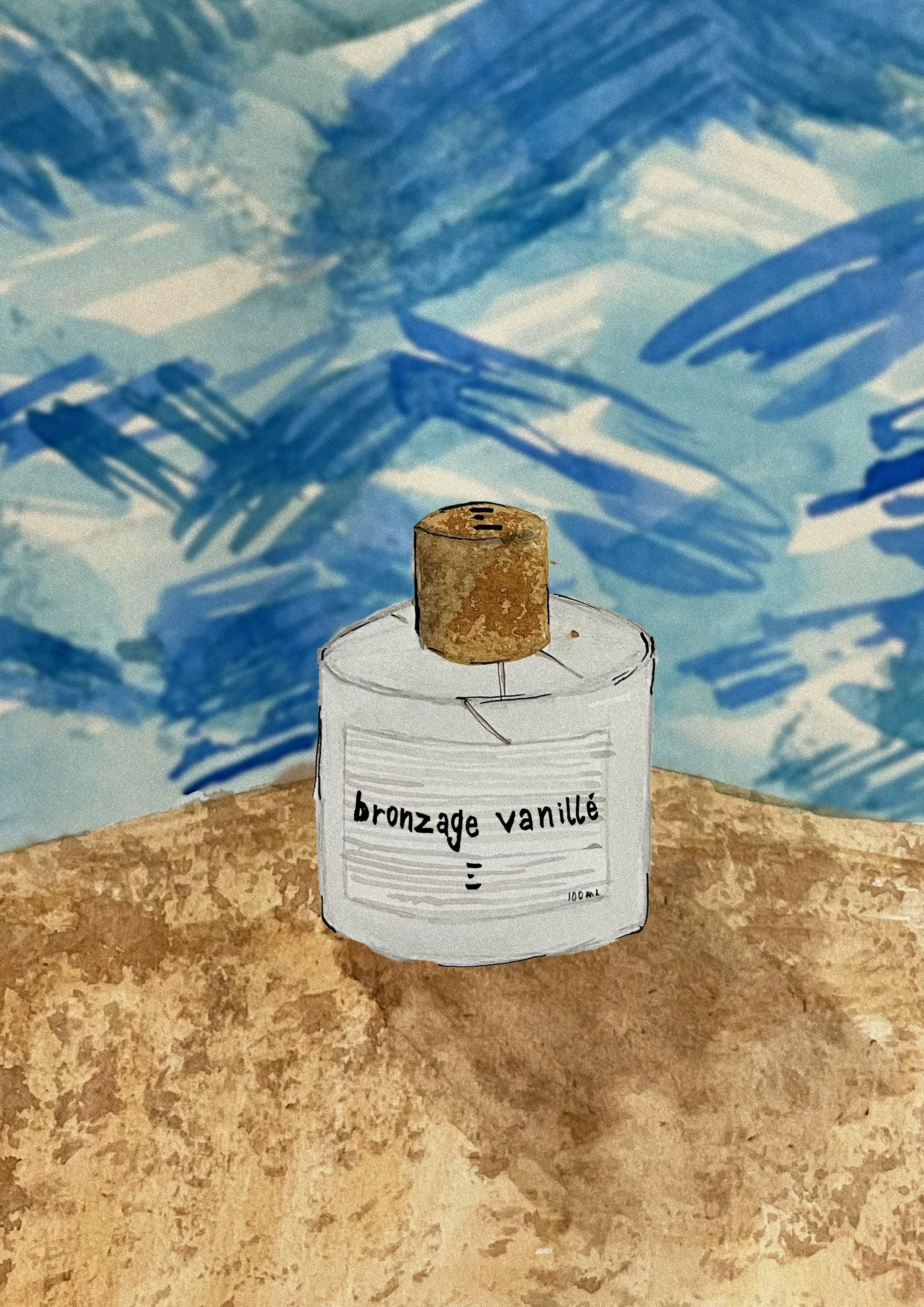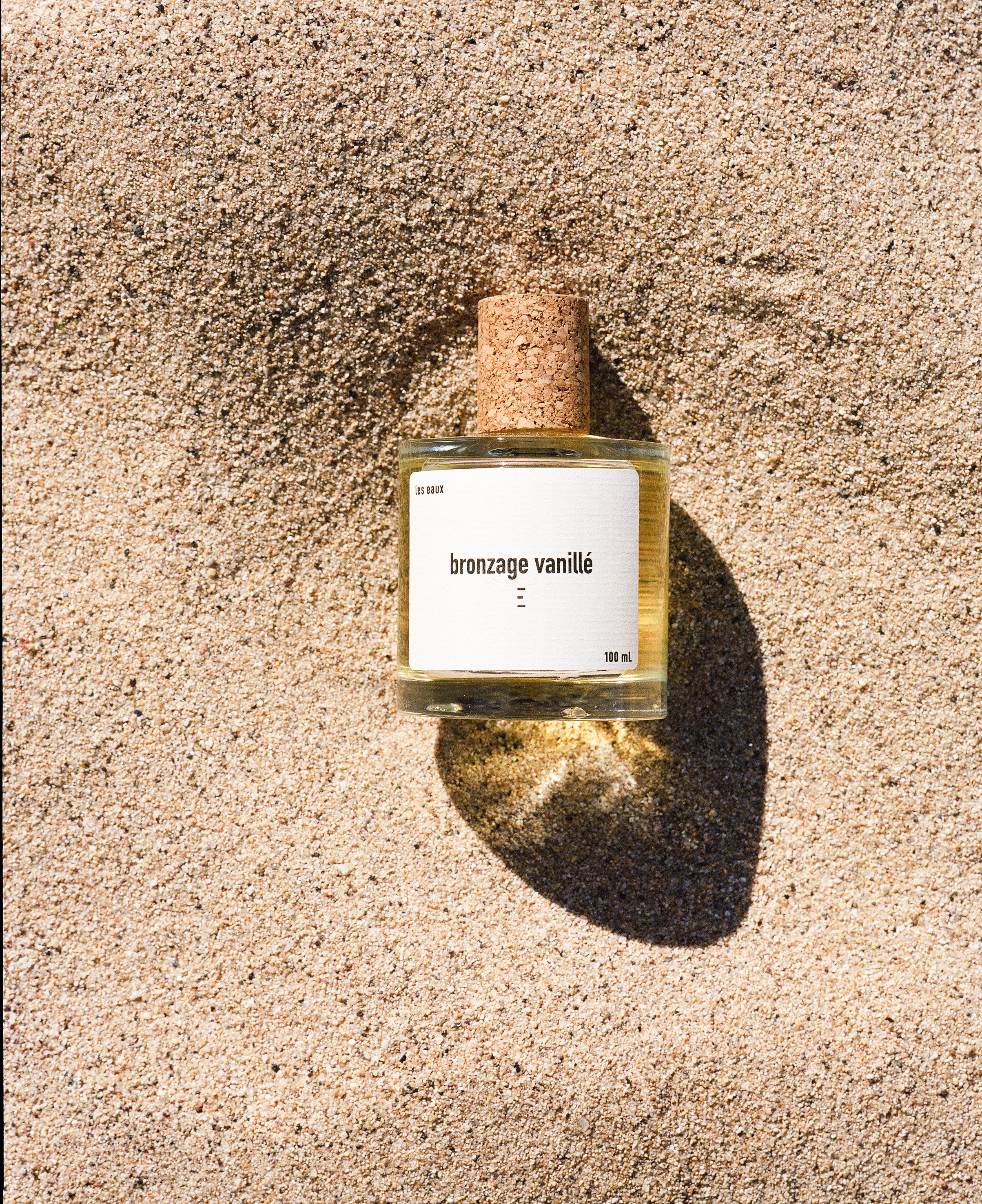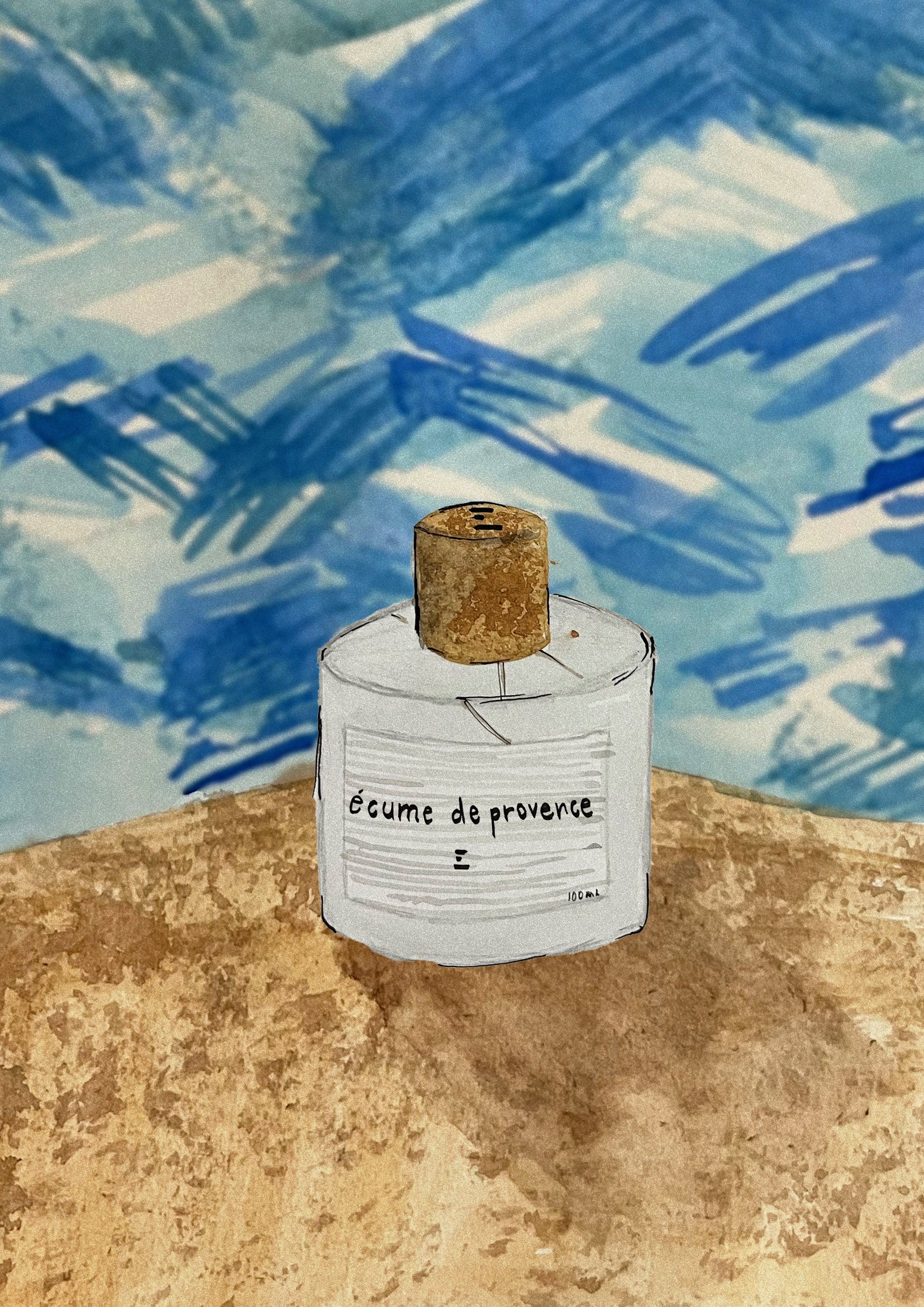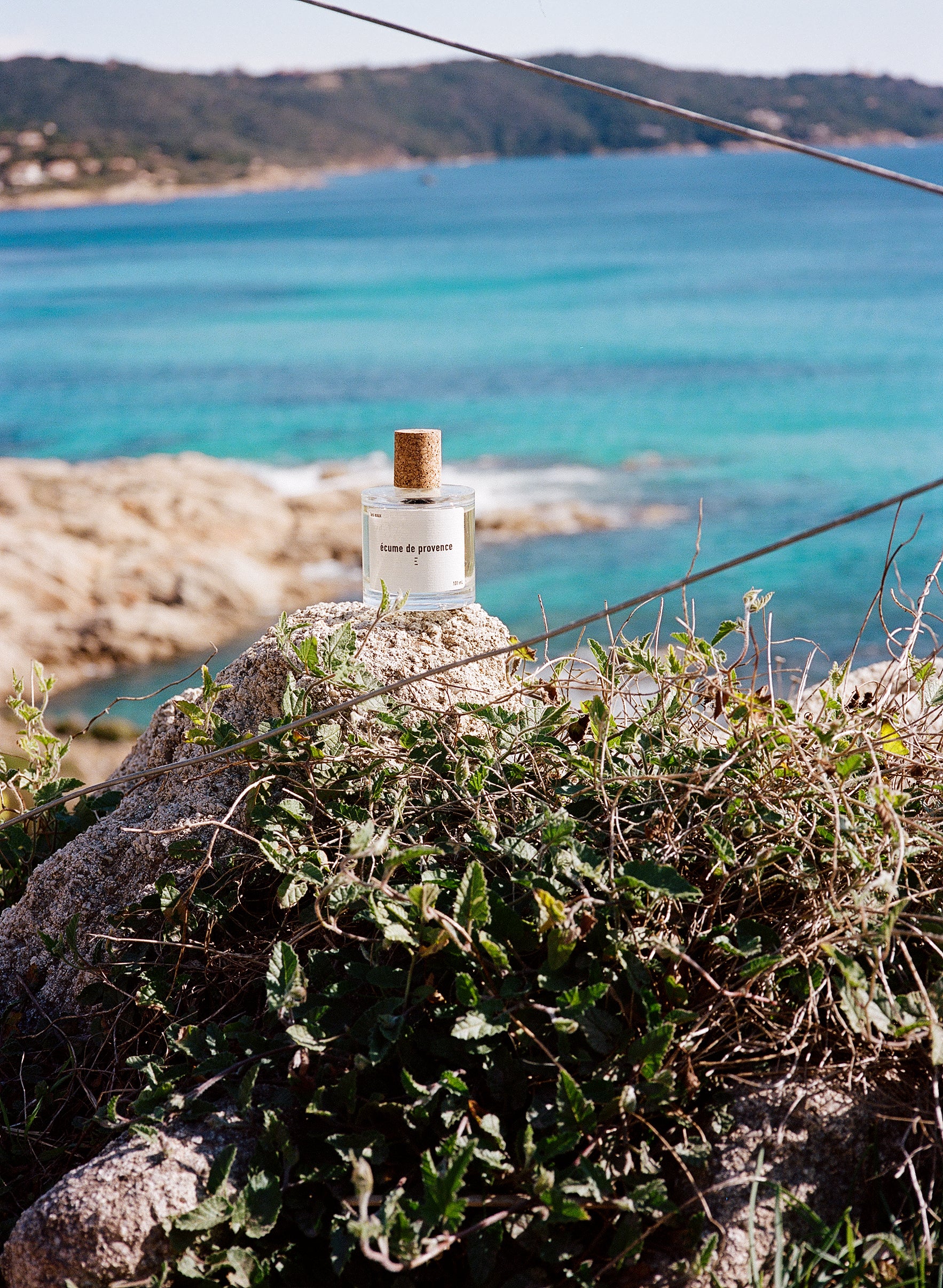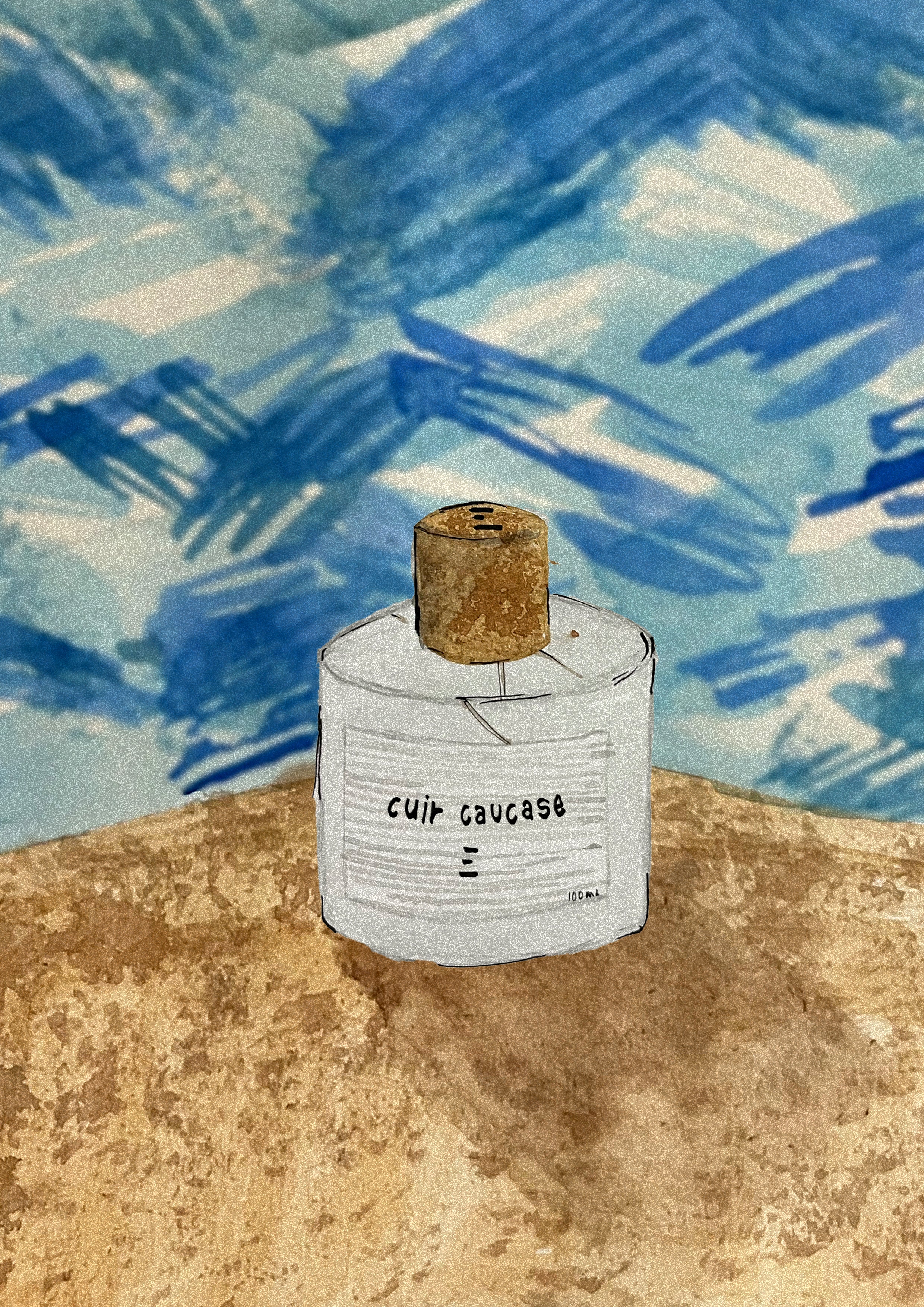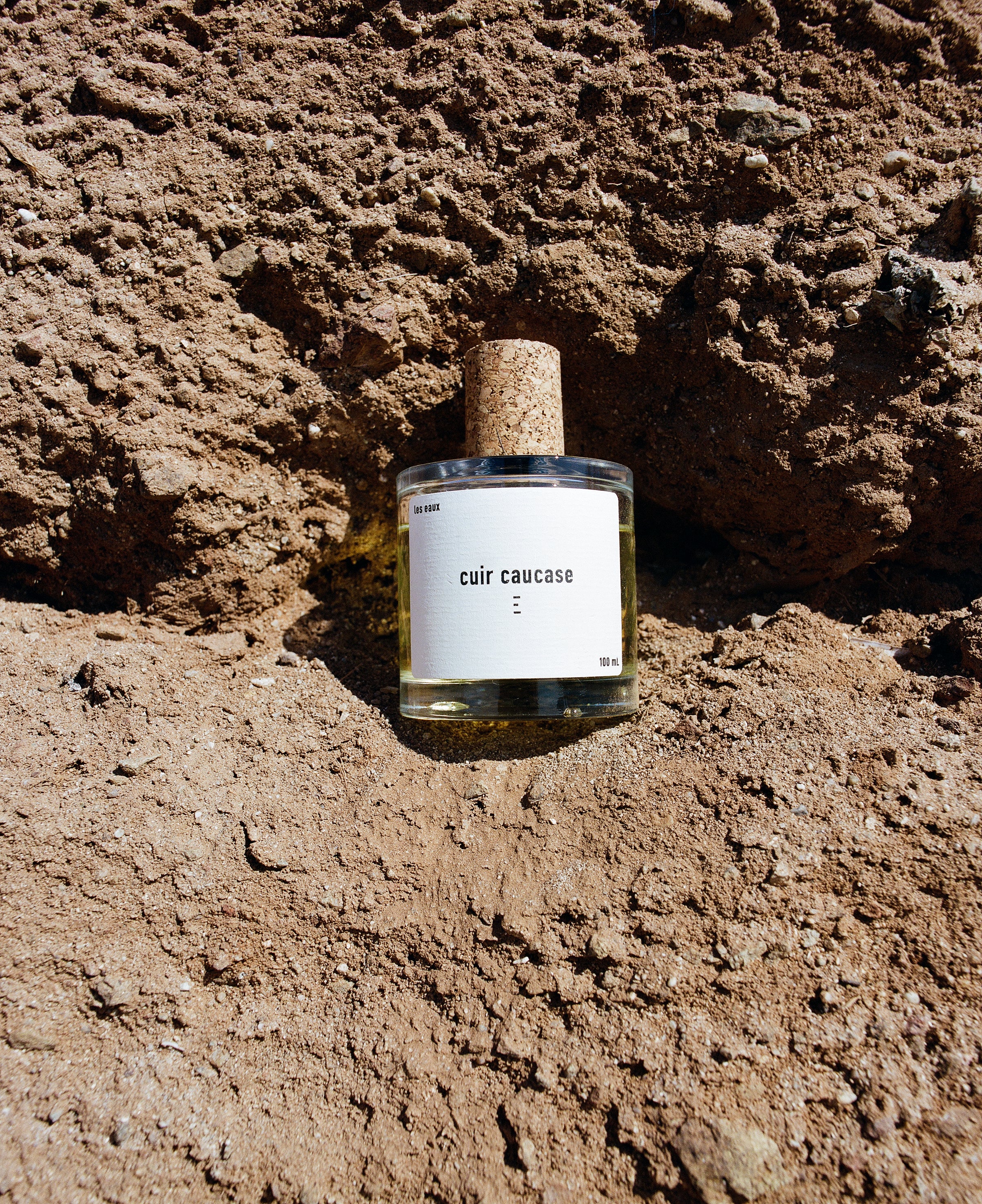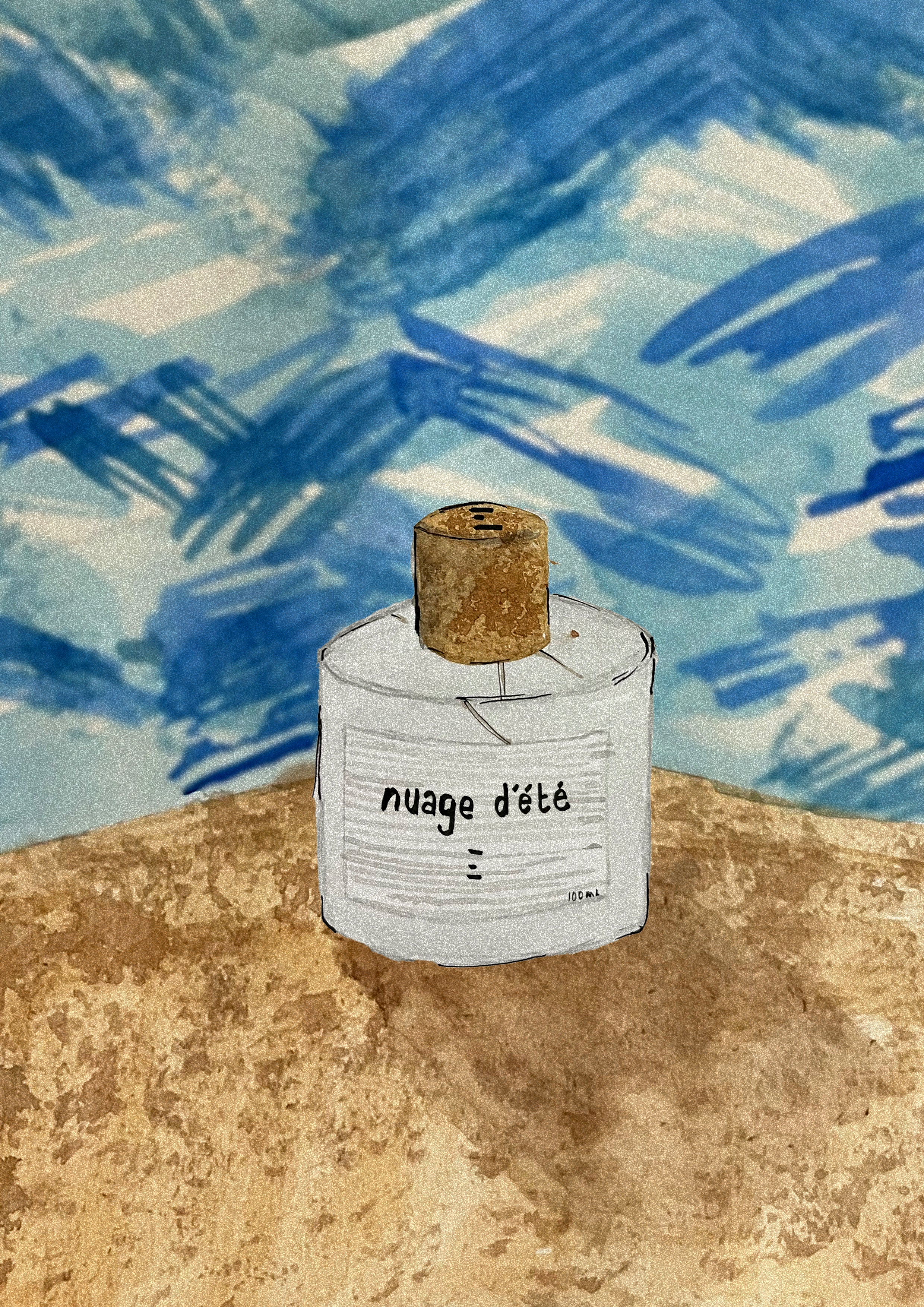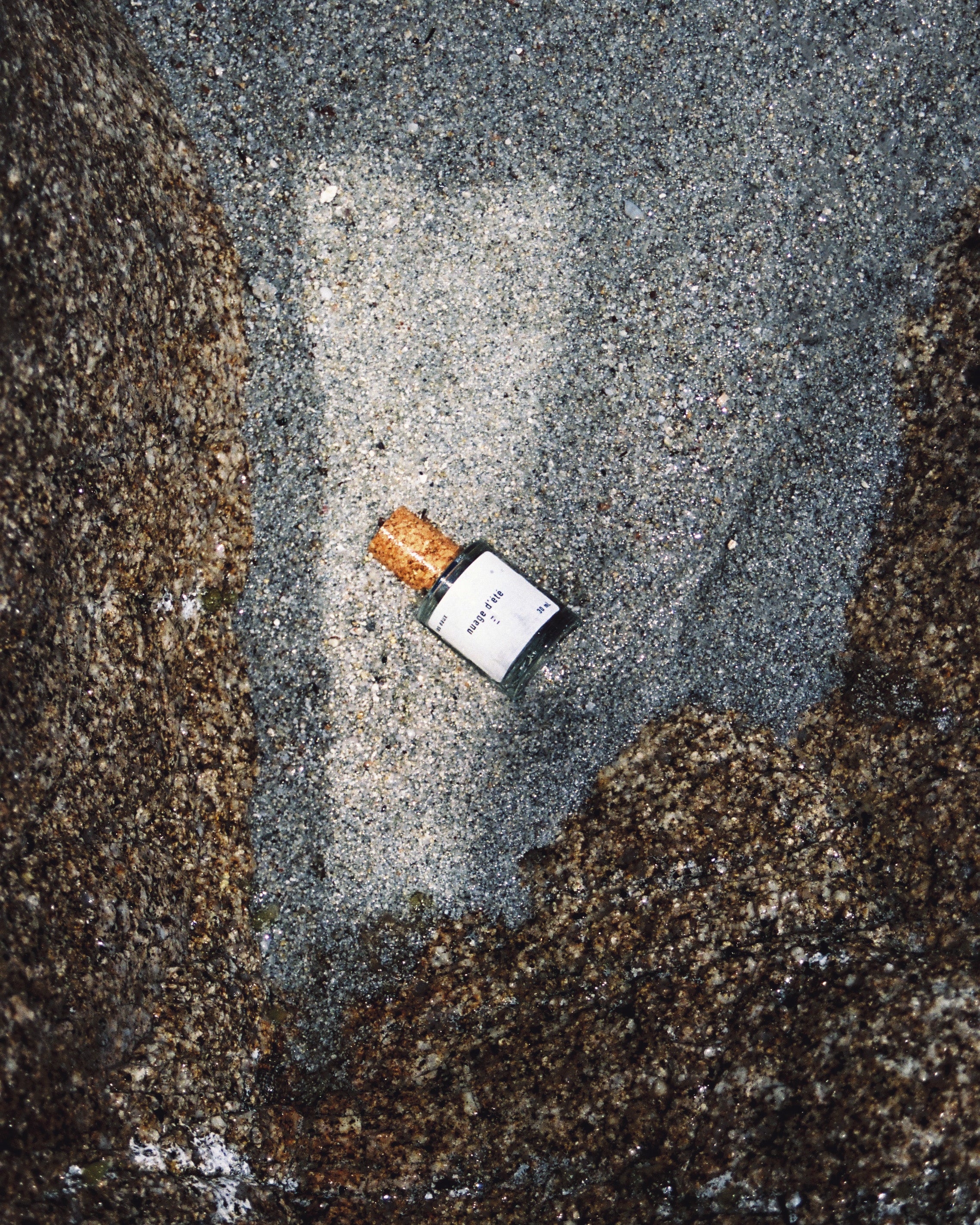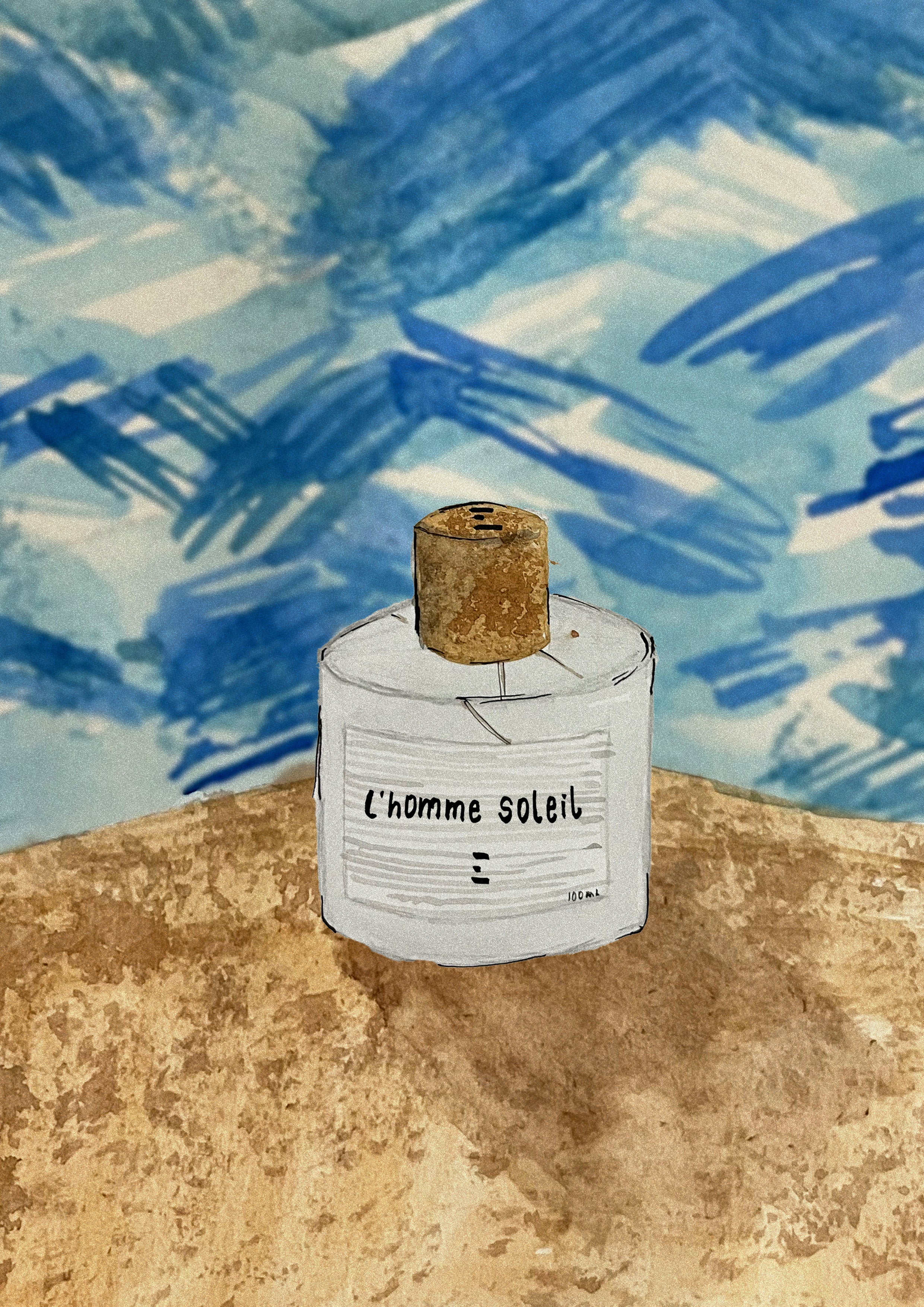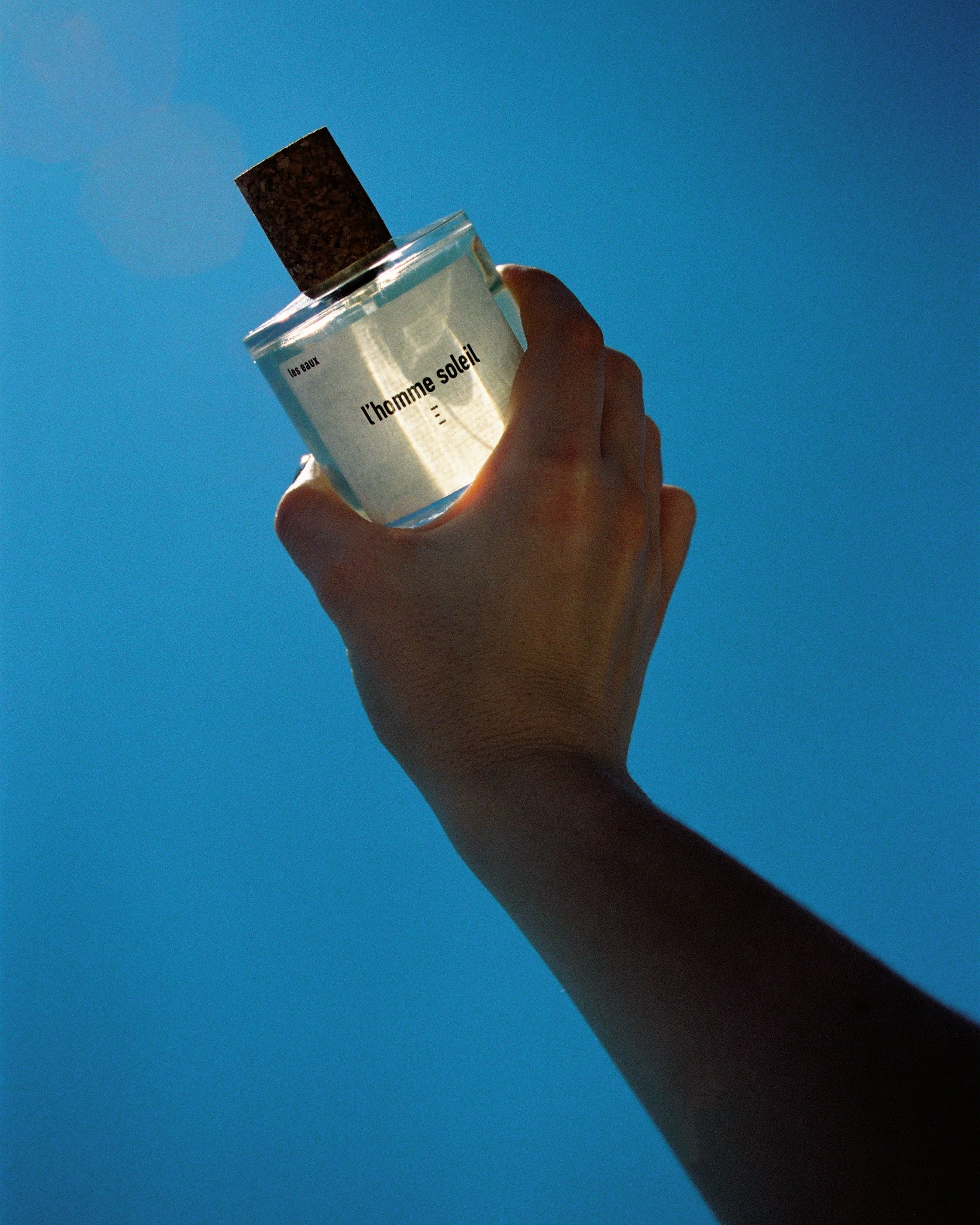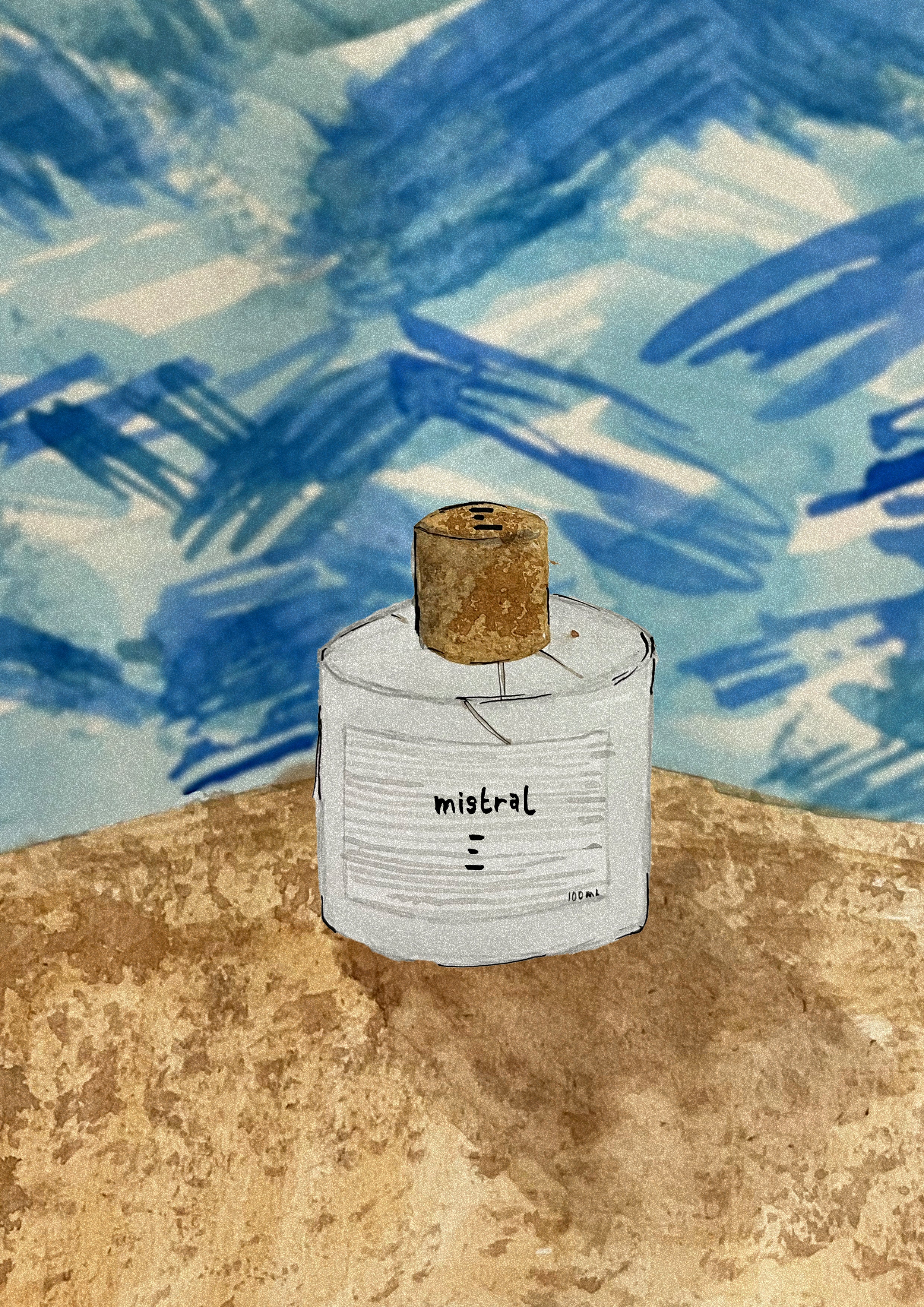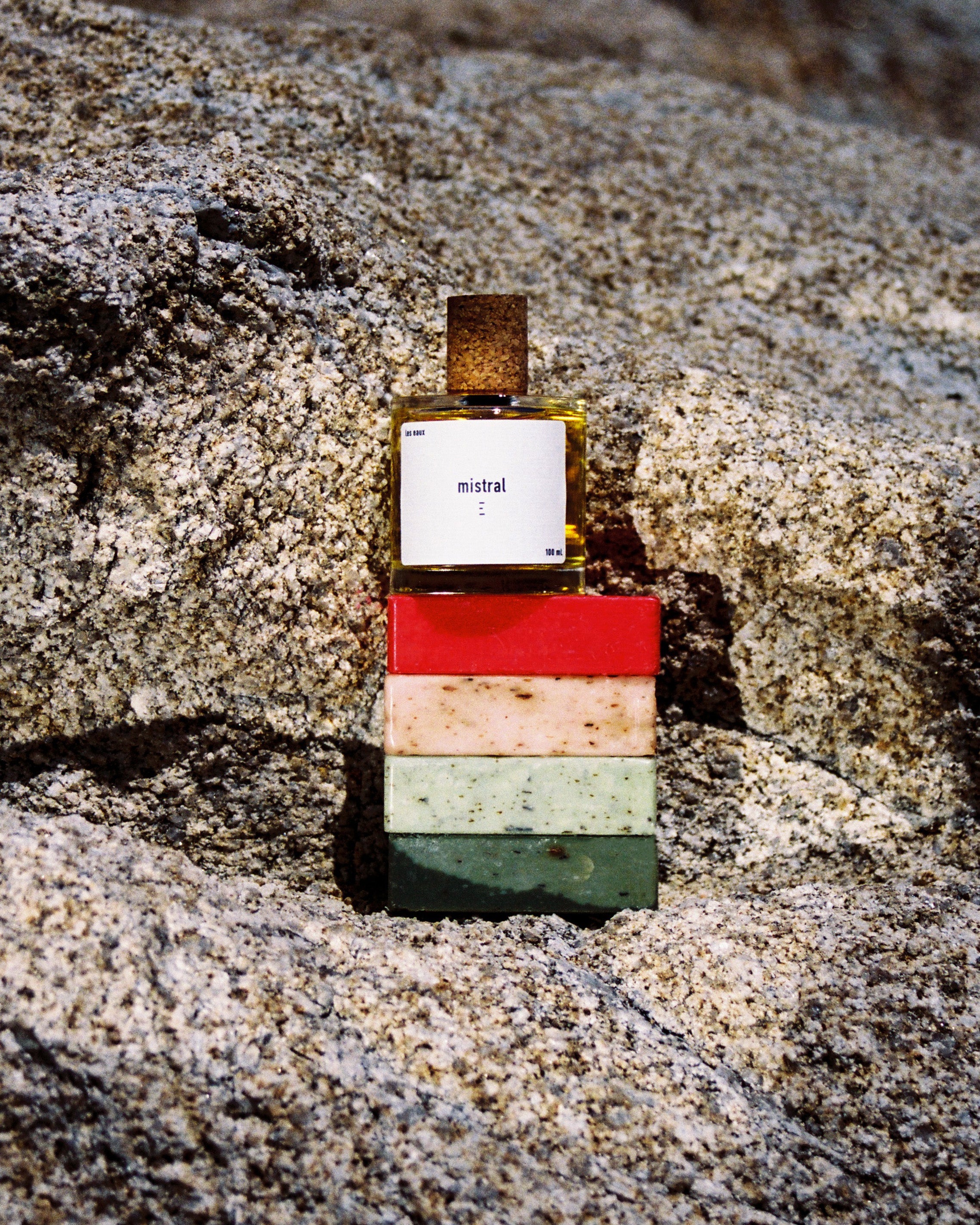In the summer of 2021, Pampelonne laid the foundations for erEvan's vision of Haute Parfumerie. As an extension of the brand's essence, the creator intends to continue this invitation to travel and discovery that is dear to him. The “Les Eaux” collection presents 8 scents imagined as stories around the French Riviera, for which erEvan and his partner, one of the world leaders in olfactory design, traveled the globe in search of the best sectors and artisans needed to extract these essences. Thus, no synthetic essences are used in the development of erEvan scents, but only the highest quality natural essences, thus guaranteeing the high standard that the creator wanted to bring to his fragrances. Here is the story of some of them, as well as their extraction method.
The Sandalwood chosen by erEvan for his olfactory creations is native to Australia. The fragrance contained in its bark classifies it as an aromatic wood. Renowned for thousands of years for its olfactory properties, traces of Sandalwood have been found in embalming in Ancient Egypt, or as a raw material used in temple construction throughout Asia. Its medicinal properties have also been discovered: in India, it combats inflammation, but also anxiety. Its olfactory attributes increase as the tree ages; thus, it must be cut down and uprooted until it is 25 years old. Its fragrance is extracted in the same way as Damask Rose, by hydrodistillation.
The Damask Rose, named after the Syrian capital where it originated, has been known to mankind since ancient times. It was in Persia that its cultivation developed, giving the empire the name Empire of Roses. Captivating, it quickly gained a reputation among the learned classes. It was at the beginning of the 11th century that its distillation was mastered, giving it soothing, rebalancing, and antioxidant properties. The source is now found in Morocco, where its fragrance is extracted by hydrodistillation. The petals are heated in large stills of boiling water for 30 minutes. The steam released from this process is then cooled and decanted to create the essential oil.
A CURATION OF EXCEPTIONAL MATERIALS
Pink Pepper, also called Pink Berry, is a species native to South America. Its cultivation is now mainly located between Brazil and Martinique. Essential to the culinary world, these berries are excellent for health, playing a powerful antiseptic and antispasmodic role. In perfumery, its essential oil is extracted by what is called volatile solvent extraction. After drying the fruits, they are placed in large vats, or grids are spread across the entire height to be able to arrange them. After being immersed several times in these vats filled with Benzene, the berries are then wrung out and removed from the vats. The solvent, having captured all their olfactory molecules, will then be heated, and its evaporation will give a paste called concrete. Washed and purified with alcohol, then filtered, the concrete is transformed into absolute, a pure material essential to the development of perfume and perfectly reflecting the olfactory qualities of the berry.
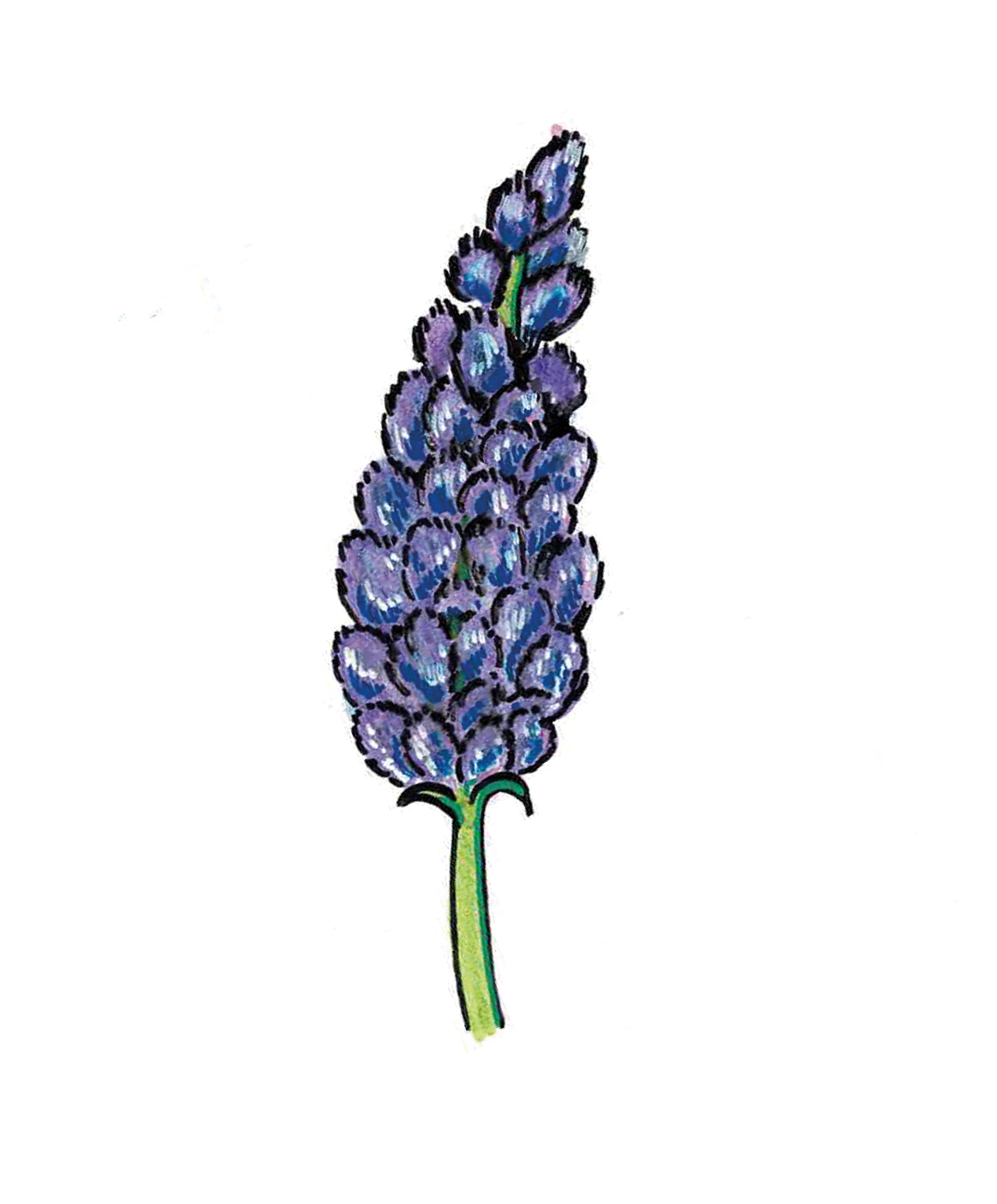
Just like the plants mentioned above, Lavender is ancient. Native to the Mediterranean basin, its dry and temperate climate with mild winters being conducive to its cultivation, we find traces of lavender at the heart of many civilizations. Here again, the Egyptians used it during funeral ceremonies, and placed it in tombs. Considered precious by the Romans, they used it to perfume their laundry, baths, and also used it as a body perfume combined with myrrh. The first virtues were then discovered; its perfume is considered an excellent astringent, insecticide and is used in the preparation of ointment. Still in Ancient Rome, some courtesans also used it for its aphrodisiac side. It was in the Middle Ages that its study was reinforced and the scope of its medical application expanded, curing or soothing many ailments; headache, pulmonary problems, troubled sleep... Just like Sandalwood and Damask Rose, its perfume is extracted by hydrodistillation.
Native to Mexico, the tuberose is a flower with unique attributes: it is indeed considered the stem with the most powerful olfactory power, lasting even two days after being cut. Long used by the Aztecs during rites and ceremonies, as well as as a perfume for the chocolate produced, it was introduced to Europe after the discovery of the region by the Spanish, and repatriated within their caravels. Its singularity immediately recognized by all, it was subsequently introduced to Asia, as well as to North Africa. The court of Versailles, under the reign of Louis XIV, adopted it instantly. The courts of Versailles and the Trianon adorned themselves with it, and later Marie Antoinette wore the flower as a perfume. Its introduction to Grasse made the Tuberose one of the pillars of what would then be considered French Perfumery. Its captivating and narcotic character was immediately recognized and led to strange uses. Young women were indeed forbidden from walking in the fields where they were cultivated, risking being perverted by the sensual and amorous connotation that it then carried. Like Pink Pepper, the perfume of tuberose was extracted using volatile solvents, the flower being too fragile for hydrodistillation.
DISCOVER THE COLLECTION






